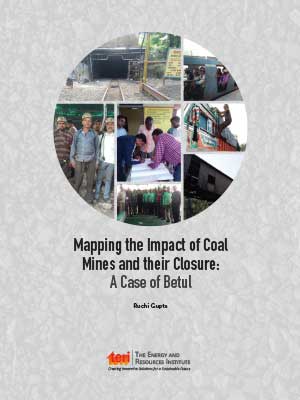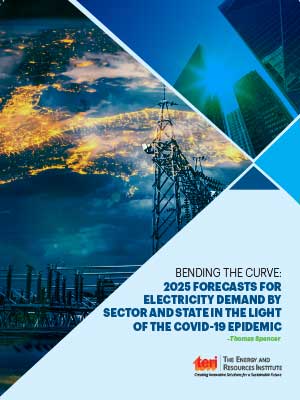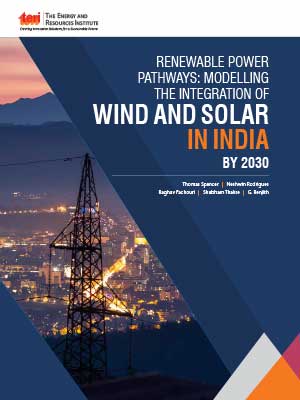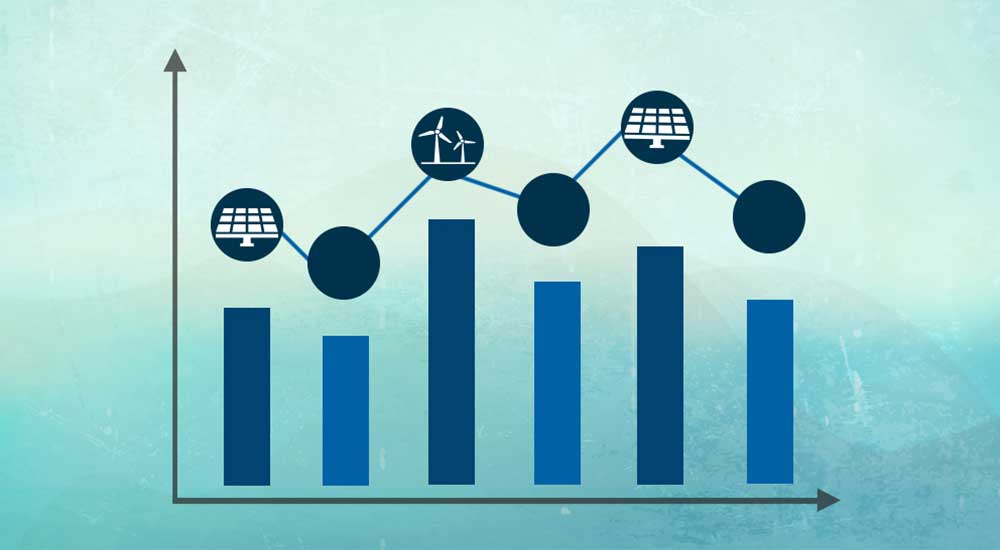Energy Transitions
About Energy Transitions Commission
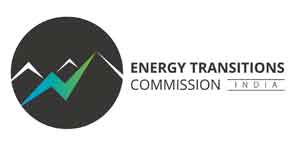
The need for accelerating change towards low-carbon energy systems that enable robust economic development and limit global temperature rise below 2 degree Celsius requires no emphasis. The Government of India has launched one of the world's most ambitious renewable energy programmes, with the goal of achieving 175 GW of renewable capacity by the end of Financial Year (FY) 2021-22. Elsewhere in the economy, GoI Is also increasing ambition on e-mobility, energy efficiency and reducing emissions from industry through measures such as the PAT scheme.
The energy transition entails change of great scale, complexity and uncertainty. It therefore requires buy-in of and contribution from multiple stakeholders from industry, financial institutions, utilities and government. It also calls for establishment of an effective framework of credible long-term objectives – and near-term policies.
The energy transition in India beyond the current short-term objectives still needs to be further analysed and defined. For example, going beyond the medium-term goal of 175 GW of renewable capacity after 2022 would require significant and structural change to infrastructure, policy and regulatory prescriptions in the Indian electricity system, notably for the grid integration of variable renewables. There is an imminent need for a holistic study and analysis relevant to the Indian context, combining a robust, evidence-based research, with a platform for stakeholder participation and contribution.
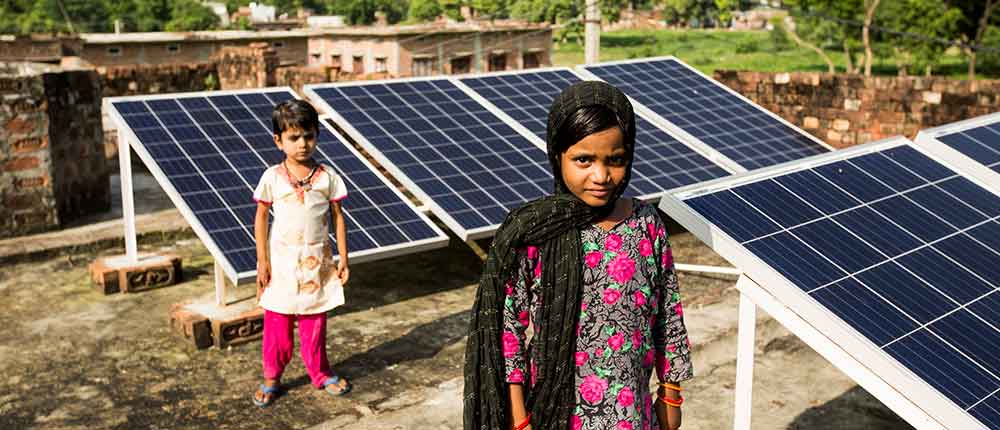
Relevance of ETC
ETC India will help shape policy action and business strategy for realising low-carbon pathways by having discourse in regard to the feasibility and desirability of this shift. It will emulate the tried and tested model wherein a high-level, diverse group of leaders guide robust scientific research, and then carry the results thereof to policy-makers and corporate strategists.
The objective of ETC is to:
- Build public consciousness about the need and benefits of energy transition
- Create better awareness about the energy transition solutions
- Advocate necessary measures to enable energy transitions
- Support government initiatives

Ambition and role
ETC aims to foster the adoption of low-carbon pathways in India through intense and informed discussions between ETC members in India, key policy makers and others concerned with technology options. ETC in India will be led by The Energy and Resources Institute (TERI) as the secretariat. In its first year of inception, ETC India has focussed on policy, research, and discourse on decarbonising the electricity sector. Whilst this work is still continuing, in its second year, ETC India will also start work on industry transition. This will cover analysis of the 'harder-to-abate' sectors, initially covering iron & steel and cement.
Find more about the global ETC here.
Mapping the impact of coal mines and their closures: A case of Betul
Author: Ruchi Gupta
This study looks at the impact of coal mine closures in Betul, Madhya Pradesh. It provides an overview of the kinds of linkages that coal established with the district's economy and the nature of socio-political dynamics that were brought about by the decline in mining
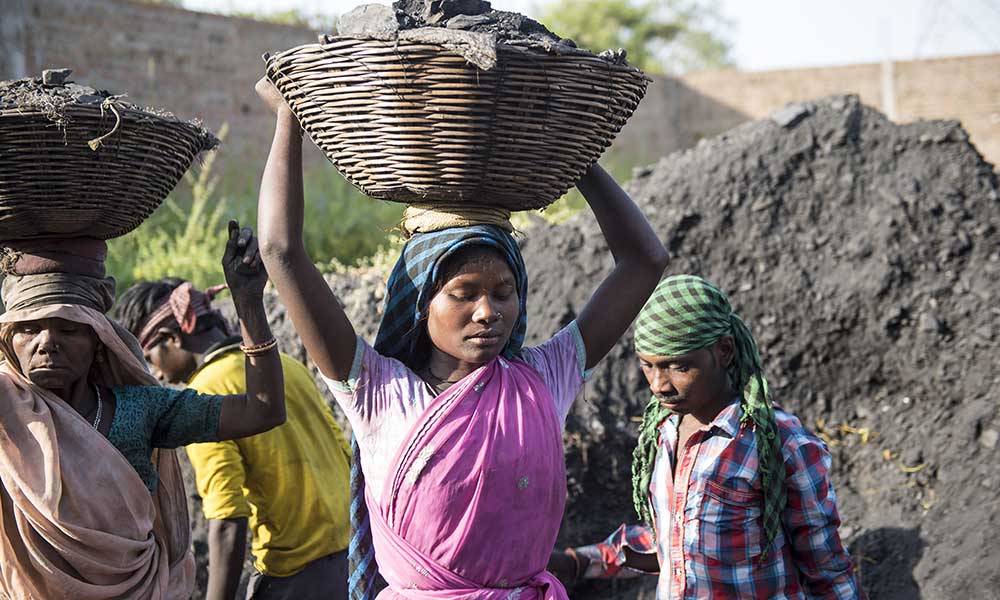
The report is based on a deep dive into Betul, a southern district of Madhya Pradesh where coal mining has a history of 150 years. Four mines out of 10 closed due to mineral exhaustion, in quick succession. The fourth mine closed in 2013; two more are slated to close by March 2021. The research reached out to diverse groups of stakeholders to understand their experience of mining and its decline. It has attempted to stitch together various socio-politico-economic linkages that were established around coal, and consequences of its closure.
The energy industry (coal mining and thermal power plant) became central to the district. Coal, that once offered prosperity, seemed eternal. That mines will close was known; but even today there is little preparedness to deal with the change. The closures have had ripple effects on the place. Sarni, the coal town, witnessed de-population; trade and businesses either slowed or moved away. Jobs that were induced by the incomes generated from the energy industry and spent locally dwindled. If transition to a low carbon pathway is to take place and for it to be just, it is important to map each of those affected either by mining or by its decline, and their concerns and aspirations. Dialogue with them will be the starting point to any transition. Given the limited geographical coverage, Betul may be considered a local case study. However, the study's results are illustrative of the challenges, many exacerbated by the Covid-19 pandemic, faced by other mining districts in the country.
Below are two reports from the work of Energy Transitions Commission India that provide a look into how India will power itself in the coming years. The first report looks at the effects of the implications of the Covid 19 pandemic's economic consequences on India's electricity demand. The second looks at how India can integrate the increasing power share of variable renewables like wind and solar energy into its grid.
The two reports were released at the Energy Transition Webinar that was part of the Second Virtual Sustainable Action Dialogue of the World Sustainable Development Summit (WSDS) 2021. The chief guest, RK Singh, Honourable Minister of State (IC), Power, and New and Renewable Energy, and Minister of State, Skill Development and Entrepreneurship, Government of India, released the report.
For more on the event, a detailed report can be found here.
Bending the Curve: 2025 Forecasts for Electricity Demand by Sector and State in the Light of the COVID Epidemic
Author: Thomas Spencer
This report looks at the impact that the COVID-19 pandemic and the consequent economic crisis would have on mid-term electricity demand in India

This report looks at the impact of the COVID-19 pandemic and the associated economic crisis on India's mid-term electricity demand up to 2025. Policy decisions on tariffs, capacity expansion, asset retirement and financial management of power distribution companies (Discoms) will have to be made in the light of the potentially lasting impact of the COVID-19 epidemic on India's mid-term GDP growth pathway.
Key findings
- The COVID-19 pandemic is likely to lead to a persistent downwards revision in India's GDP trend, relative to the pre-crisis trend. The COVID-19 crisis will lead to a sharp recession in the current year. Typically, economic growth is slower following a recession as there is a degree of lasting damage to the economic system.
- Over the previous 15 to 20 years, the rate of economic growth has been closely associated with the rate of electricity demand growth. As the Indian economy has followed a generally slowing trend after the Global Financial Crisis of 2008-09, the growth rate of electricity demand has also slowed.
It is therefore almost inevitable that slower post-COVID economic growth will lead to slower electricity demand growth. In order to assess the likely magnitude of this slowdown in electricity demand growth, this report develops three scenarios for the Indian economy to 2025. The Baseline Scenario sees a sharp contraction in Indian GDP in 2020-2021 of 6.4%, a rebound of economic growth in 2021-2022 and then a return to the pre-COVID trend rate of economic growth. The L-Shaped and V-Shaped scenarios represent respectively a more pessimistic and optimistic version of the Baseline Scenario. - In all scenarios, the 2025 GDP is smaller than in the counterfactual pre-COVID trend scenario, by 7% to 17% in the V-Shaped and L-Shaped Scenarios, with the Baseline Scenario lying between the two. In all scenarios, 2025 GDP is higher than it is today, but lower than what it would have been by 2025 in a scenario without the COVID-19 shock.
Click on the visual below to download the all-India and state-wise economic and electricity data
- As a result, electricity demand is also lower by 2025 as compared to what it would have been in a scenario without the COVID-19 shock. In the Baseline Scenario, the electricity demand for 2025 is 11% below the level it would have been by then without the COVID-19 shock. In the L-Shaped Scenario, electricity demand is 17% below the level of the counterfactual without the COVID-19 shock. In short, the COVID-19 shock will lead to substantially slower electricity demand growth and a lower level of total demand even several years after the shock.
- The same conclusion holds for the states that we study. In the 10 largest electricity consuming states, electricity demand for 2025 is between 5-15% lower than it would have been without the COVID-19 shock.
- As a result of all this, policy-makers, generators, DISCOMS, and investors need to prepare for a future in which the shock to electricity demand growth persists. In particular, the financial health of DISCOMS and the sustainability of the prevailing cross-subsidy may be even more pressing issues in a mid-term scenario of sustained muted growth in commercial and industrial demand.
Renewable Power Pathways: Modelling the Integration of Wind and Solar in India by 2030
Author: Thomas Spencer, Neshwin Rodrigues, Raghav Pachouri, Shubham Thakre, G Renjith
The scale of variability presented by renewable sources of energy like wind and solar pose challenges to India's energy transition. This report identifies strategies that could accommodate their growth so that India can meet its renewable energy targets
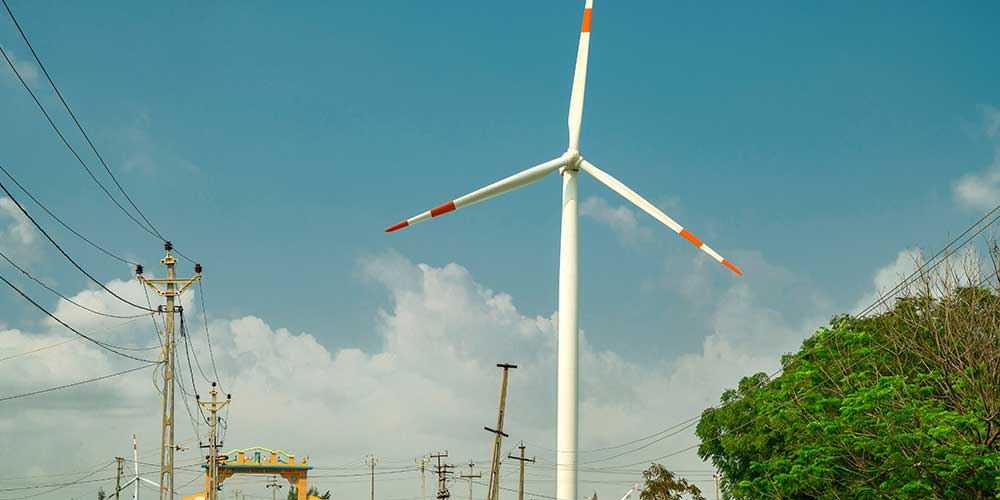
The introduction of variable renewables like wind and solar into the Indian power mix creates new challenges of balancing these variable sources of supply. By 2030, the share of variable renewables in total power generation could vary on a daily basis from 15% of total generation in non-solar hours to more than 50% of generation during solar hours. This scale of variability poses significant challenges for the Indian power system. This report identifies a number of strategies that are required to accommodate the growth of variable renewables and allow for the achievement of India's mid-term renewables targets.
Role of large hydro and coal
Firstly, the existing sources of supply, in particular the large coal and hydro fleets, need to be operated with maximum possible flexibility. While respecting daily flow rates for downstream ecological and agricultural purposes, hydro energy will need to be reserved for meeting daily morning and evening peaks, and the dispatch of hydro optimised at the regional and national level. The coal fleet will need to ensure that it can meet the 55% technical minimum, including for state-owned plants. This is a crucial measure to allow for the greater injection of solar energy at midday, without curtailment of solar energy and expensive and technically challenging operation of the coal fleet. There may be a need for some plants to achieve an even lower technical minimum of 40%, which may necessitate capital expense for retrofitting.
Click on the visual below to download data and see data visualisation
Battery storage
Secondly, battery storage technology is a crucial option to integrate variable renewables into the power system, in particular solar. Battery storage reduces solar curtailment and eases the need for aggressive daily cycling up and down of the coal fleet. By 2030, battery storage to the order of 120 GWh could be required.
Integrated power grid and its challenges
Thirdly, India's integrated power grid will need to be deployed to maximise the transfer of power across the country in order to balance surplus and deficit renewable energy generation at different times and locations in the grid. This is not just a question of infrastructure, but also of the regulatory, planning, and market incentives for cross-border investment optimisation and a more coordinated operation of the power system between states and regions. This remains a big challenge.
Conclusion
The report concludes that India can achieve generation shares of variable renewables greater than 30% by 2030, and shares of zero carbon generation - including large hydro and nuclear - greater than 45%. This can be achieved at no extra system cost, provided that a comprehensive portfolio of options is deployed in order to increase the flexibility of the power system. There is thus a need to shift the focus of policy away from capacity targets for renewables, towards a comprehensive strategy for integrating renewables into the power system. Something akin to a ‘National Mission for Power System Flexibility' is required. This high-level framework would enable the coordination of different actors in the Indian power sector, focusing on the achievement of certain common objectives. It would also put high-level political impetus to the achievement of power sector goals that are critical to India's renewables transition, but which may appear too technical in nature to warrant political impetus.

